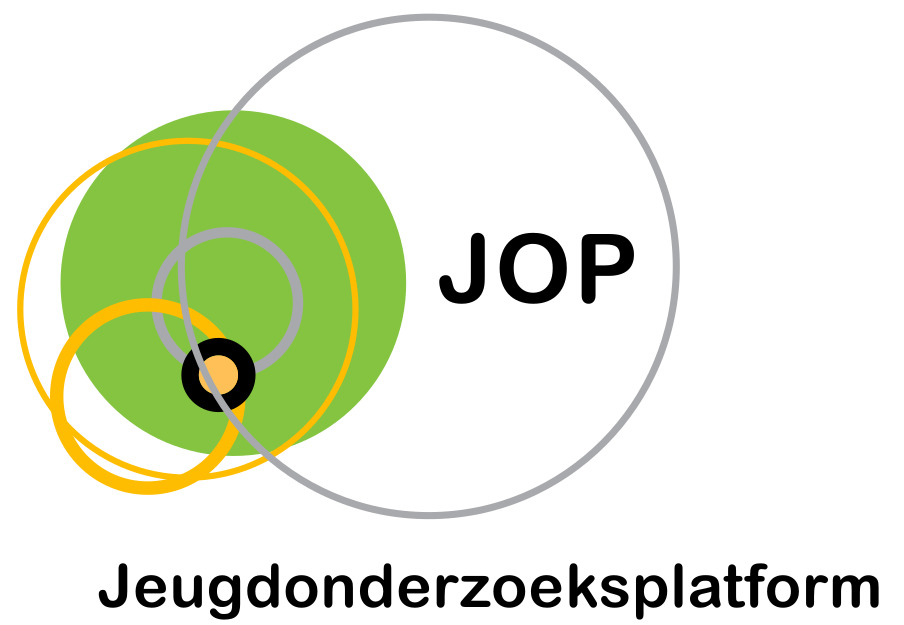Factors related with public open space use among adolescents: a study using GPS and accelerometers.
Auteurs
Van Hecke, Linde, Verhoeven, H., Clarys, P., Van Dyck, D., Van de Weghe, N., Baert, T., Deforche, B., et al. (2018).

Abstract
Nederlands
Sedentaire vrijetijdsbesteding en een beperkte lichaamsbeweging van jongeren staan hoog op beleidsagenda’s. In deze studie wordt het gebruik van publieke open ruimtes (parken, schoolpleinen, voetbalpleintjes, etc.) nagegaan door jongeren en de verschillende motieven voor deze vorm van vrijetijdsbesteding, om inzicht te krijgen hoe vaak en waarom jongeren de deur uit gaan. In totaal zijn 173 Vlaamse jongeren in de leeftijd van 12 tot 16 jaar gevolgd en bevraagd. Uit de resultaten blijkt dat drie-vierde van de jongeren, meestal met vrienden, voor recreatief gebruik vrije tijd doorbrengt op dergelijke open ruimtes. Het meest voorkomende doel was wel om op iemand te wachten. Vooral jongens, jongere tieners, jongeren met een niet-Westerse achtergrond en lager opgeleide jongeren maakten het meest gebruik van deze open ruimtes. Jongens deden ook vaker aan fysieke activiteiten. Er werd langer op de plek gebleven indien de jongere in het gezelschap was van broertjes en/of zusjes. De onderzoekers besluiten met de suggestie om dergelijke open ruimtes aantrekkelijker te maken voor meisjes en om ze zo in te richten zodat ze voor alle leeftijdsgroepen aantrekkelijk zijn, om zo verschillende leeftijdsgroepen en broers/zussen samen te brengen.
Engels
Background: Low physical activity levels and high levels of sedentary time among adolescents call for population wide interventions. Public open spaces can be important locations for adolescents’ physical activity. This study aimed to describe the prevalence, frequency and context of public open space visitation and to gain insight into the individual, social and physical environmental factors associated with public open space use among 12- to 16-year-old Flemish (Belgian) adolescents.
Methods: Global positioning system devices, accelerometers and one-on-one interviews were used to measure location-specific activity levels, time spent at, reasons for using and accompaniment at public open spaces among 173 adolescents. Multilevel hurdle and gamma models were used to estimate the associations between the independent variables (age, gender, ethnicity, education, sport club membership and accompaniment) and the amount of time, sedentary time, light-, moderate- to vigorous- and vigorous-intensity physical activity at public open spaces.
Results: Three out of four participants had visited a public open space (for recreational purposes) and participants were most often accompanied by friends/classmates. Mainly public transportation stops/stations were used, and subsequently the most reported reason for public open space use was “to wait for something or someone”. Furthermore, boys, younger adolescents, non-westernEuropean adolescents and lower educated adolescents were more likely to use public open spaces. Additionally, boys and younger adolescents were more likely to accumulate physical activity at public open spaces. The only social environmental variable associated with time spent at public open spaces was accompaniment by siblings: adolescents spent more time at public open spaces when accompanied by their siblings.
Conclusions: Public open spaces may be effective areas to promote physical activity among groups at risk for physical inactivity (i.e. low educated and non-western-European adolescents). Additionally, girls and older adolescents were less likely to visit and be physically active at public open spaces. Therefore, urban planners should consider adding attractive features, in order to encourage physical activity among girls and older adolescents at public open spaces. Furthermore, creating public open spaces that are attractive for youth of all ages could contribute to adolescents visiting public open spaces accompanied by siblings.
Referentie
Van Hecke, Linde, Verhoeven, H., Clarys, P., Van Dyck, D., Van de Weghe, N., Baert, T., Deforche, B., et al. (2018). Factors related with public open space use among adolescents: a study using GPS and accelerometers. International Journal of Health Geographics, 17(1).
Taal
Engels
Publicatievorm
Tijdschriftartikel
ISBN
10.1186/s12942-018-0123-2
Trefwoorden
GPS; Fysieke activiteit; Zittijd; Jongeren; Vrije tijd; Publieke plaats
